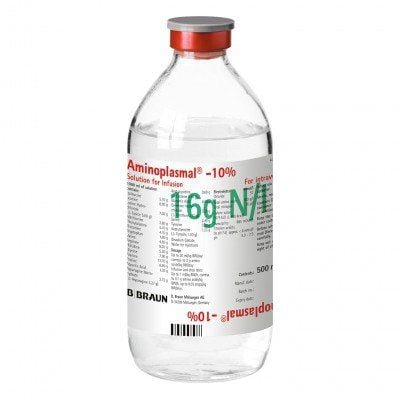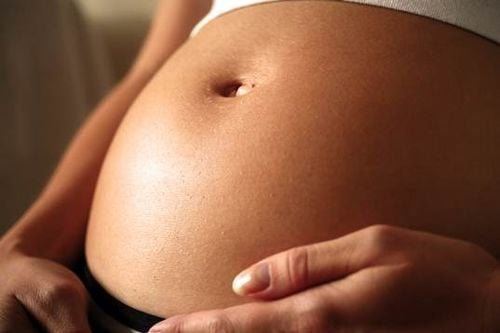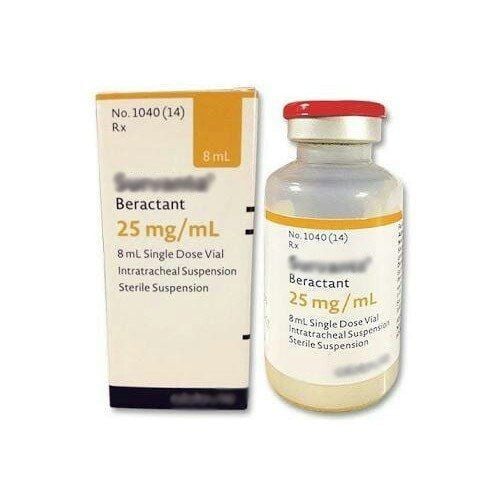This is an automatically translated article.
Article written by Doctor Dam Thi Quynh - Pediatrician, Pediatric Center - Vinmec Times City International General Hospital.
Apnea syndrome in preterm premature infants is a condition in which premature infants have episodes of apnea lasting 15 to 20 seconds during sleep. Apnea in premature babies is always a leading risk to the life of babies, and is also a big concern of parents when taking care of premature babies.
1. Why do premature babies have apnea?
The respiratory executive system located at the front of the brain stem is not fully developed in premature infants. In addition, the respiratory muscles are underdeveloped, leading to difficulty breathing in children, or respiratory arrest.
Although all newborns have brief pauses in breathing and a decreased heart rate, a premature baby with apnea having a heart rate below 80 beats per minute can be life-threatening.
The child becomes blue or even cyanotic and falls into lethargy with labored breathing. At that moment, there are 2 possibilities, either the baby will breathe on its own or the child needs outside help or it will be in danger to the child's life. In this case, note that parents should not confuse apnea with intermittent breathing (this is also a common phenomenon in premature babies).
Intermittent breathing is the cessation of breathing for only a few seconds (3 – 5 seconds) and then several shallow, rapid breaths. Intermittent breathing is not accompanied by changes in facial color, such as cyanosis around the mouth or decreased heart rate, and poses no danger to the child.

2. What are the symptoms of apnea in a premature baby?
Clinical manifestations of apnea in premature babies:
The baby stops breathing movements, the baby's chest is not undulating. Or the baby still has breathing movements but no air circulation. As a result, the child turns purple or pale.
Apnea can occur several times a day. Apnea in preterm infants will gradually subside and go away on their own as the baby gets older.
3. How is apnea of prematurity diagnosed?
Apnea within the first 24 hours after birth is often not simply a cessation of breathing in premature infants but is related to the pathology of the mother and the baby: hypoglycemia, meningitis, hypocalcemia, mother taking magnesium ..
24 h postpartum apnea (after excluding other pathological causes) may occur: apnea in premature infants, prolonged mechanical ventilation or after transient hypoxia secondary to hypoventilation or alveolar collapse.
Diagnosis of apnea in premature infants is based on: Monitoring the child with risk factors, diseases of the mother and child, apnea of the child, tests to determine the cause...
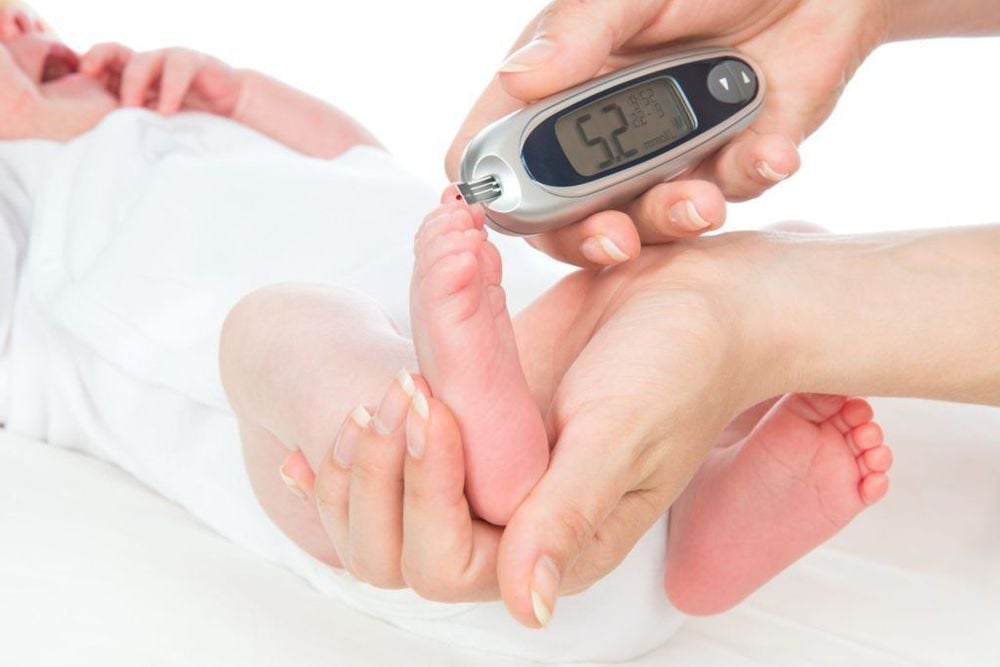
Differential diagnosis of apnea in preterm infants < 34 weeks when certain causes have been excluded: hypoxia, infection, necrotizing enterocolitis, meningoencephalitis, hydrocephalus, convulsions, and tube failure. Arteriosclerosis, anemia, polycythemia vera, atelectasis, gastroesophageal reflux, bradycardia during breastfeeding, maternal medication, increased ambient temperature, upper airway obstruction, congenital hypoventilation syndrome ...
4. Treatment of apnea
4.1 Principles of treatment
All premature babies must be continuously monitored breathing rate, heart rate until the baby is 34 weeks old. Prophylaxis of hypoxic episodes maintain SPO2 88-93%. Ensure the baby's temperature: stay in an incubator or a heated bed. Skin stimulation is effective with brief pauses in breathing. Keep the child in a favorable position: Avoid excessive neck flexion, self-position the nose bridge to limit injury. Breathing stimulant: Caffeine Prepare full first aid equipment: Squeeze ball, suitable size mask, air oxygen source/mixer, suction catheter. Provide respiratory support if needed: Oxygen frame, CPAP breathing, mechanical ventilation. Apnea is common in premature babies, especially babies under 34 weeks of age. The apnea will gradually improve when the baby is full term.
When the child is discharged from the hospital:
The infant's apnea will subside over time and usually do not affect the child's development. If the child still has brief episodes of apnea, he or she will usually respond to breathing stimulation as outlined above. Parents need to learn how to give CPR, press the heart and immediately take the child to the nearest medical facility if the child has stops breathing.
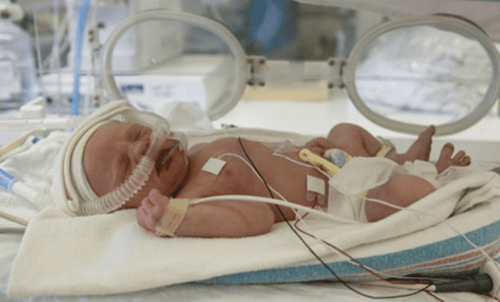
Basic CPR is a skill parents of preterm infants should learn. Apnea is common in premature babies, especially premature babies less than 34 weeks of age. The apnea gradually improves when the baby is full term. Besides apnea, premature babies have many risk factors that need to be screened: psychomotor development, hearing, retinopathy, chronic lung disease...
Premature babies should be treatment at neonatal intensive care facilities to minimize possible complications.
Vinmec International General Hospital is one of the hospitals that not only ensures professional quality with a team of leading medical doctors, modern equipment and technology, but also stands out for its examination and consultation services. comprehensive and professional medical consultation and treatment; civilized, polite, safe and sterile medical examination and treatment space. Customers when choosing to perform tests here can be completely assured of the accuracy of test results.
Please dial HOTLINE for more information or register for an appointment HERE. Download MyVinmec app to make appointments faster and to manage your bookings easily.





